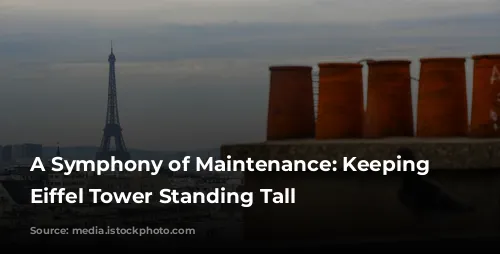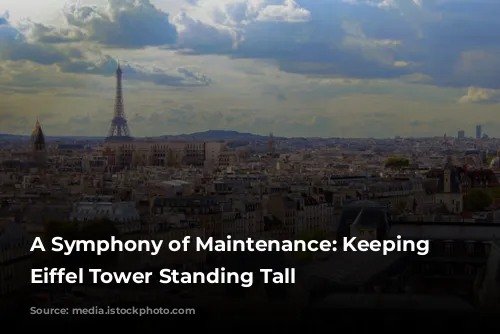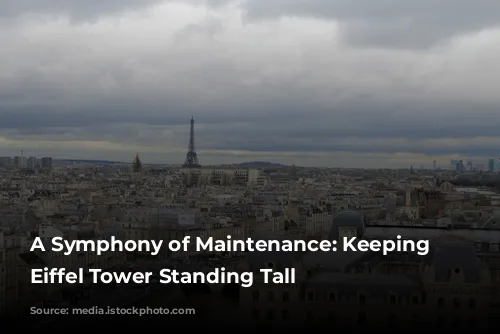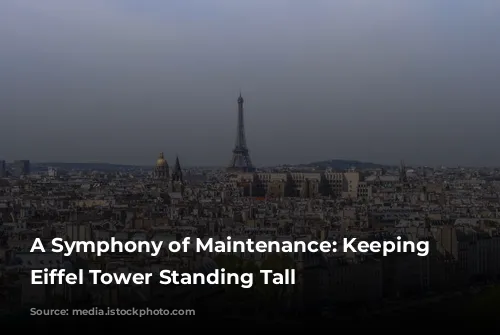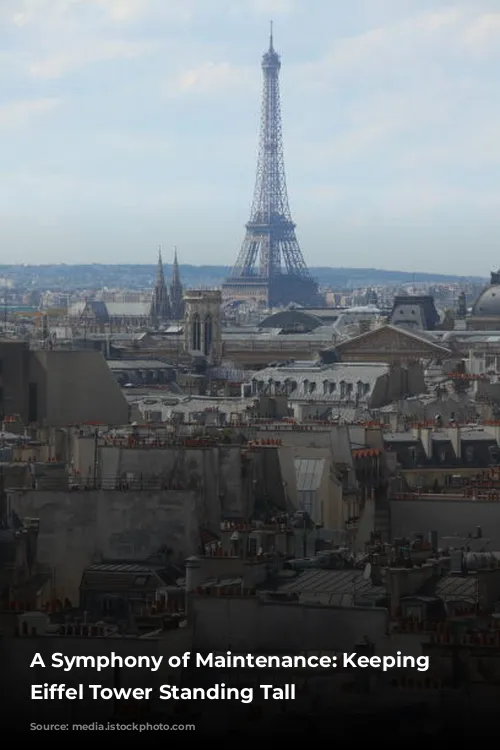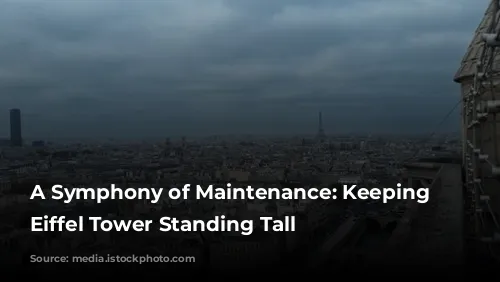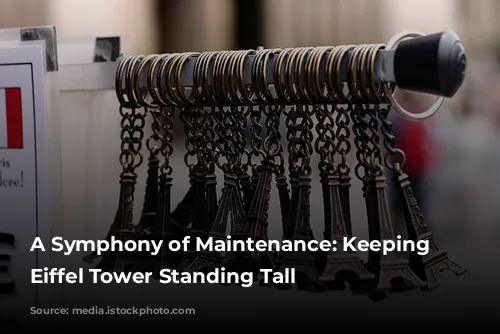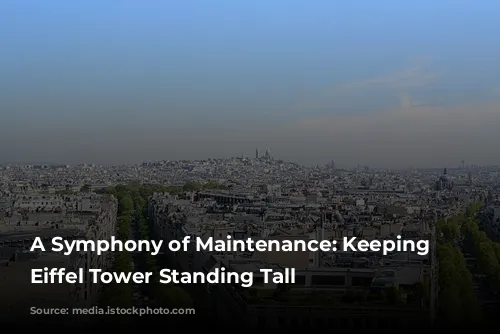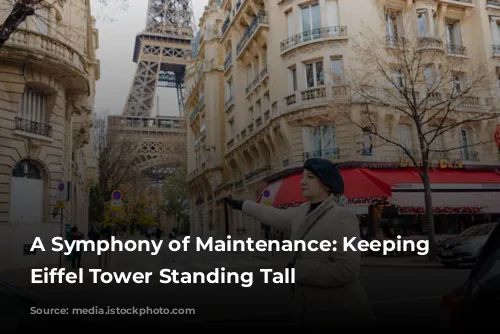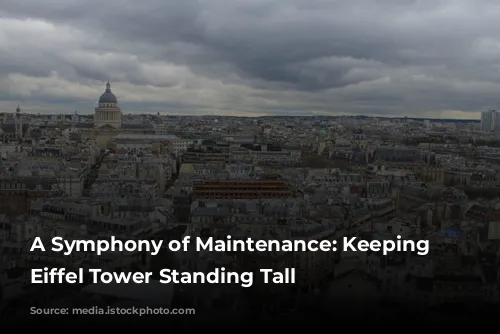The Eiffel Tower, a symbol of Paris and France, stands tall, its intricate metal framework reaching for the sky. But beneath its elegant exterior lies a constant battle against time and the elements. Maintaining this iconic structure is a meticulous and demanding task, requiring the expertise of a dedicated team of specialists.
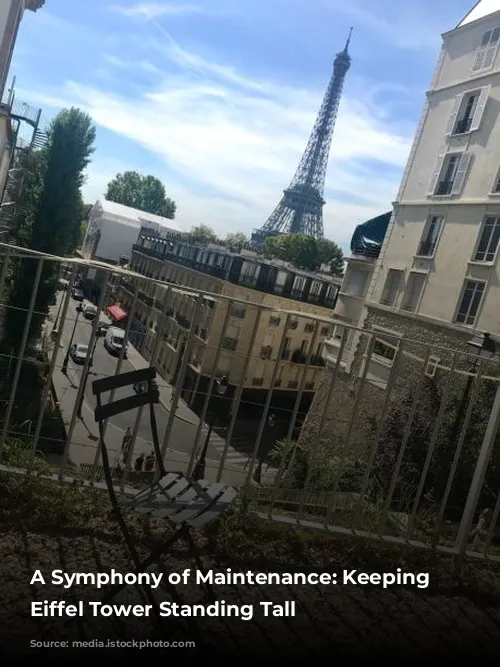
Preserving the Majesty: A Team of Experts at Work
Maintaining the Eiffel Tower is a complex and ongoing process, encompassing various aspects of its upkeep. The tower’s vast metal framework requires regular painting to protect it from corrosion, a process that takes several months and involves a dedicated team of specialized painters. Imagine them, perched high above the city, wielding their brushes with precision, ensuring that the Eiffel Tower continues to shine.
In addition to the exterior, the Eiffel Tower’s internal workings must also be carefully maintained. This includes regular inspections and maintenance of its elevators and mechanical equipment, crucial for the safe and efficient operation of the tower, ensuring a smooth journey for millions of visitors each year.
The Eiffel Tower’s iconic status extends beyond its structure; its surrounding gardens also require meticulous attention. Imagine a team of gardeners, meticulously tending to the manicured lawns, pruning vibrant shrubs, and nurturing colorful flowerbeds. They ensure that the Eiffel Tower’s beauty is enhanced by its picturesque surroundings.

Visiting the Eiffel Tower: An Unforgettable Experience
Visiting the Eiffel Tower is an unforgettable experience, offering breathtaking views of Paris and a glimpse into its rich history. To make the most of your visit, follow these simple tips:
Planning is key. Before you go, check the official Eiffel Tower website or other reliable sources for information about opening hours, ticket prices, and any restrictions. This will help you avoid unexpected surprises and ensure a smooth experience.
Purchase your tickets in advance. This will allow you to skip the queues, especially during peak periods. Don’t forget to choose the observation level you wish to visit: the 1st floor, the 2nd floor, or the summit.
Reaching the Eiffel Tower is convenient. The tower is located on the Champ de Mars, near the Seine, and is easily accessible by metro, bus, or foot. The nearest metro station is “Bir-Hakeim” on line 6.
Prepare for airport-style security checks. Avoid bringing large or prohibited items to ensure a safe and efficient entry.
Choose your ascent method. You can choose between going up on foot or taking the elevator. While the elevator is faster and more convenient, the stairs offer a unique perspective and a chance to appreciate the tower’s architecture.
Explore each level. Each level offers a different perspective and unique features. The 2nd floor provides even more impressive views and facilities, while the summit offers a breathtaking panorama of the entire city.
Take your time. Enjoy the view, take photos, and explore the different levels at your leisure. The Eiffel Tower offers a magnificent view of Paris, including iconic landmarks like the Seine, the Sacré-Coeur, and the Champs-Élysées.
Don’t miss the souvenir shops. Find a special memento to remember your visit, with a wide selection of Eiffel Tower and Paris-themed souvenirs available.
Indulge in French cuisine. The Eiffel Tower is home to several restaurants where you can enjoy delectable French cuisine while enjoying the breathtaking views.
Remember to check the official website for the latest information on opening hours, ticket prices, and procedures, as these may change. Enjoy your visit to the Eiffel Tower, a true symbol of Paris’s enduring elegance and charm.
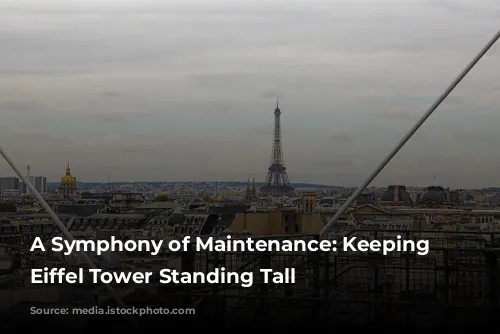
A Legacy of Engineering Excellence: The Birth of a Landmark
The Eiffel Tower’s story is a testament to human ingenuity and architectural ambition. It was conceived and designed by the renowned engineer Gustave Eiffel, after whom the tower was named. Construction began in 1887, culminating in its completion in 1889, a marvel of engineering that captured the spirit of the time.
The Eiffel Tower was built for the 1889 Exposition Universelle de Paris, celebrating the centenary of the French Revolution. It served as a grand entrance to the exposition, showcasing the latest technological advancements of the time.
The Tower’s design was a stroke of genius. It was designed by Maurice Koechlin and Émile Nouguier, two engineers from Gustave Eiffel’s company, who used iron beams and rivets to create a strong and elegant structure. This innovative design was bold and daring for its time, pushing the boundaries of engineering.
The Eiffel Tower quickly became an iconic symbol of Paris and France. It was a testament to the country’s engineering prowess and its ambition to embrace the future. Today, it stands as one of the world’s most visited tourist attractions, attracting millions of visitors from all over the globe. Each visitor, captivated by its grandeur and elegance, carries a piece of its magic back home.

